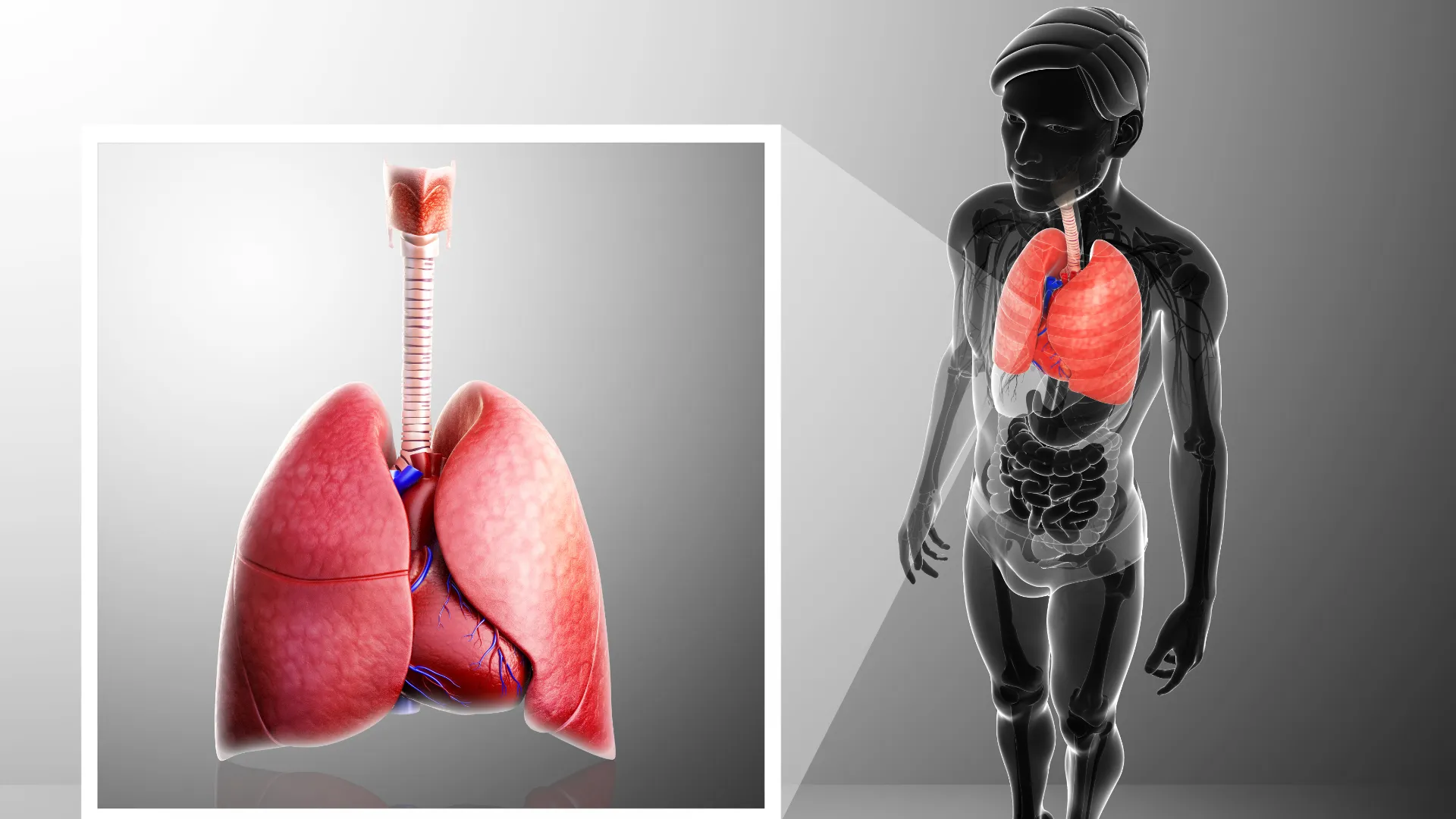Pleural mesothelioma is a rare and aggressive form of cancer affecting the lining of the lungs. It is caused by exposure to asbestos, a natural mineral used in building materials for insulation and fireproofing, and is most commonly diagnosed in people aged 45 and older. Symptoms of pleural mesothelioma include chest pain, shortness of breath, coughing, and weight loss.
Pleural mesothelioma is one of three types of mesothelioma, a cancer that affects the lining of the body’s organs. The other two types are peritoneal mesothelioma (abdominal) and pericardial mesothelioma (heart). Pleural mesothelioma is the most common type, accounting for 75 percent of all mesothelioma cases.
Because of its long latency period, it can take 10 to 50 years for pleural mesothelioma to be diagnosed after the initial exposure to asbestos. This means that many people who have been exposed to asbestos may now be at risk for developing pleural mesothelioma.
Treatment for pleural mesothelioma is usually a combination of surgery, chemotherapy, and radiation therapy. Surgery is the most common treatment, and may involve the removal of the affected lung, part of the chest wall, or lymph nodes. Chemotherapy and radiation therapy can also be used to shrink tumors and slow the growth of the cancer.
Pleural mesothelioma is a serious and life-threatening condition, but there are treatments available that can help improve quality of life and extend life expectancy. It is important to talk to your doctor about your risk of developing pleural mesothelioma if you have been exposed to asbestos. Early diagnosis is key to improving treatment outcomes.
